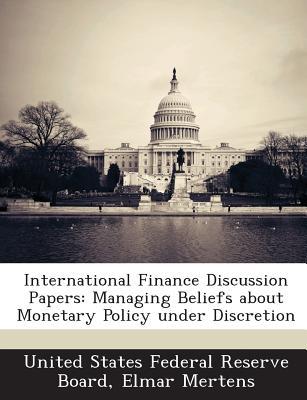Question
A companys long-term capital currently comprises $32 million of debt and $52 million of equity. Its target capital structure is 40% debt; 60% equity. The
A companys long-term capital currently comprises $32 million of debt and $52 million of equity. Its target capital structure is 40% debt; 60% equity. The company has $4 million of internally-generated funds that can be used to either finance the equity portion of new investments or pay dividends. The companys weighted average cost of capital is 14%. It is considering four investment opportunities, for which the required investment outlays and expected internal rates of return are shown below:
| Project | Investment cost ($000) | Internal rate of return (%) |
| A | 1,800 | 17.50 |
| B | 1,000 | 16.00 |
| C | 2,200 | 14.50 |
| D | 2,800 | 13.65 |
(a) Which projects should be accepted? A, B & C
(1 mark)
(b) What is the total investment cost of the accepted projects? $5m
(1 mark)
(c) How much of that total investment cost should be funded from (i) new debt, $2m and (ii) existing equity? $3m (Give your answer in dollars.)
(3 marks)
(d) According to the residual dividend theory, what amount (if any) would the company be able to pay out in dividends after funding all accepted investments?
(3 marks)
$1m
(e) After investing in all the accepted projects, raising new debt finance and paying any dividends (as identified in the previous part), prepare a summary of the companys new capital structure, using the following format (which you should copy into your answer booklet):
(4 marks)
|
| $000 | % |
| Debt | 34,000 | 40 |
| Equity | 51,000 | 60 |
| Total | 85,000 | 100 |
Step by Step Solution
There are 3 Steps involved in it
Step: 1

Get Instant Access to Expert-Tailored Solutions
See step-by-step solutions with expert insights and AI powered tools for academic success
Step: 2

Step: 3

Ace Your Homework with AI
Get the answers you need in no time with our AI-driven, step-by-step assistance
Get Started


